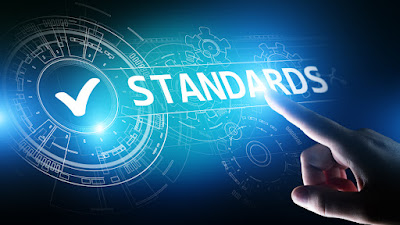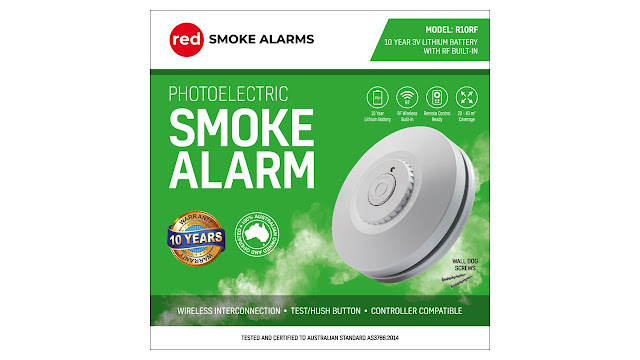Queensland Interconnected Smoke Alarms: BE BETTER PROTECTED - GET INTERCONNECTED!
Fire is a devastating force that can destroy homes and take lives in the blink of an eye. Every year in Australia, there are dozens of house fires, resulting in many fatalities and injuries. Smoke alarms are one of the most effective tools in preventing fire-related deaths and injuries. Queensland has recently implemented new interconnected smoke alarm legislation to ensure every home is equipped with the best technology to detect and respond to fires. In this article, we will explore what interconnected smoke alarms are and why they are so important.
What are Interconnected Smoke Alarms?
Interconnected smoke alarms are smoke alarms that are linked together in a network. When one alarm is triggered, all other alarms in the network also sound an alarm, giving residents an early warning and valuable time to evacuate the home. This is particularly important when a fire starts in an area of the house that is not close to the occupants, such as in a garage or on another floor of the dwelling.
The Benefits of Interconnected Smoke Alarms
Interconnected smoke alarms provide many benefits over traditional standalone smoke alarms. They ensure every area of the home is covered, providing an early warning even when the fire is in a remote location. This means occupants can evacuate faster, reducing the risk of injury or death. Modern interconnected photoelectric smoke alarms also reduce the number of false alarms, which can cause unnecessary panic and create a nuisance for neighbours. The interconnected alarms are linked, which means they will all sound together, usually within 20 seconds of the first alarm detecting smoke. After the alarms have activated, pressing the hush button on one of the alarms (or the optional remote control) will silence all the alarms except for the one which is actually detecting the smoke - this makes it easier to identify the room / source of the fire quickly.
Queensland Interconnected Smoke Alarms
Queensland's Interconnected Smoke Alarm Legislation was amended in 2017, making Queensland one of the first states in Australia to make interconnected smoke alarms compulsory. The legislation requires that every new and existing home in Queensland is fitted with interconnected photoelectric smoke alarms by 2027. The Queensland Government has provided guidance and support for homeowners to make the transition and comply with the new law. The Queensland Fire and Emergency Services also offer a free smoke alarm installation program for eligible homeowners, which includes the installation of interconnected smoke alarms.
Photoelectric Smoke Alarms
Queensland's Interconnected Smoke Alarm Legislation also specifies that all smoke alarms installed must be photoelectric. A photoelectric smoke alarm uses a beam of light to detect smoke particles in the air. They are more effective at detecting smouldering fires, which are common in homes, but in the past have proven not detected by ionisation smoke alarms all of the time. Photoelectric smoke alarms are less likely to give false alarms than ionisation smoke alarms, which are sensitive to cooking fumes and steam. Photoelectric smoke alarms are also less likely to fail, as they do not contain a radioactive source like the old ionisation smoke alarms. Ionisation smoke alarms are generally being phased out in Queensland.
How to Ensure Your Home is Safe with Interconnected Smoke Detectors
Homeowners can ensure their home is safe by following the Queensland Interconnected Smoke Alarm Legislation. This means installing photoelectric interconnected smoke alarms in every bedroom, hallway outside the bedrooms, and on each level of the home. Smoke alarms must be hardwired to the mains power supply, or powered by a non-removable battery with a minimum 10-year life. If you are replacing any existing 240v hardwired smoke alarms, then they must be replaced with 240v hardwired smoke alarms.
Testing your Smoke Alarms
Testing your smoke alarms is an essential part of keeping your home safe. Smoke alarms should be tested every month, using the test button. Homeowners should also replace the smoke alarms after ten years. Smoke alarms should also be cleaned by gently vacuuming around them with the soft brush attachment of a vacuum cleaner.
Interconnected Smoke Alarm - Conclusion
Interconnected smoke alarms are an effective tool for preventing fire-related deaths and injuries in the home. Queensland's Interconnected Smoke Alarm Legislation ensures every home in Queensland is equipped with the best technology to detect and respond to fires. For a full range of interconnected photoelectric smoke alarms please check us out below!
www.photoelectricsmokealarms.com.au




Comments
Post a Comment